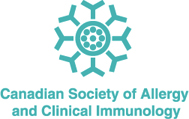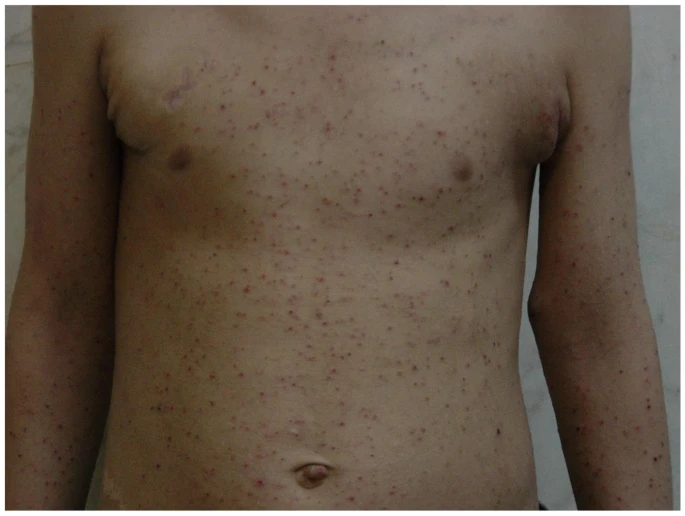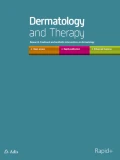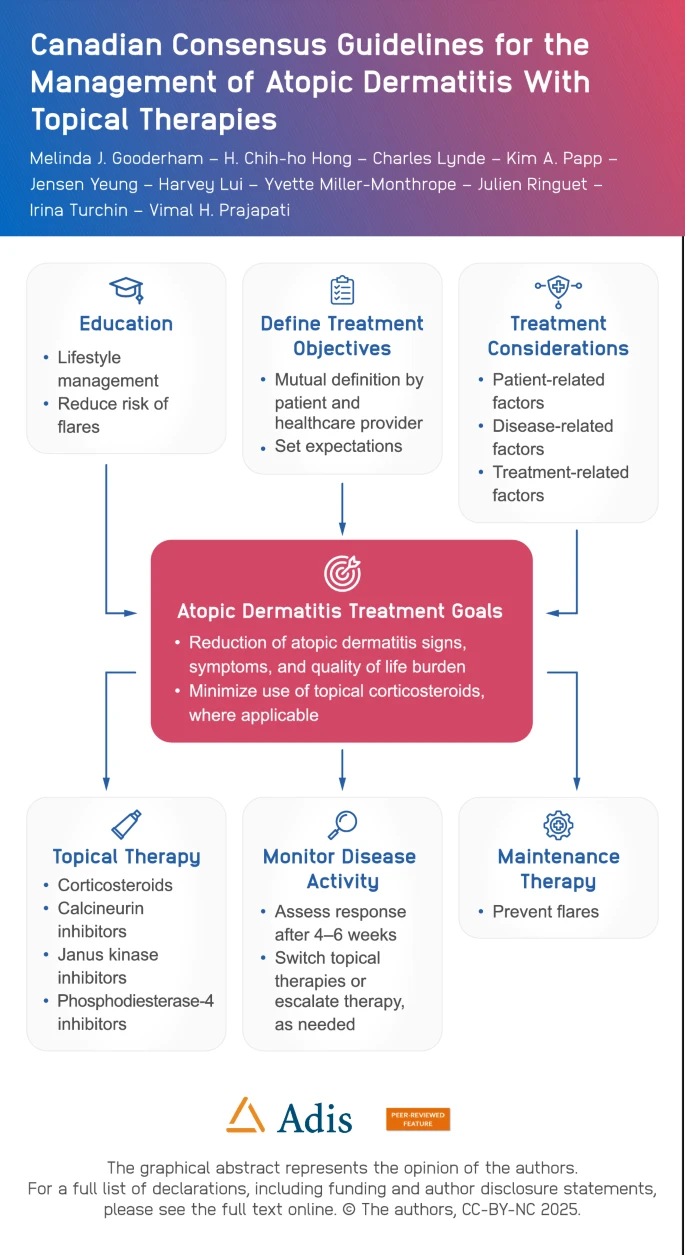Lapidot, Tair et al. Journal of Allergy and Clinical Immunology: Global, Volume 0, Issue 0, 100487Abstract
Background
Anaphylaxis is a life-threatening clinical presentation of acute systemic allergic reactions. Timely administration of epinephrine, usually by intramuscular autoinjector, is a robust life-saving treatment. Despite the critical necessity, there are multiple deterrants to patients’ proper use of epinephrine autoinjectors. FMXIN002 is a novel nasal dry powder formulation of epinephrine in a single-use device, offering first-in-class alternative treatment.
Objective
To measure epinephrine pharmacokinetics, pharmacodynamics and safety following a single administration of FMXIN002 at doses of 3.6 and 4.0 mg epinephrine versus IM autoinjector 0.3 mg, in healthy adults.
Methods
An open-label, single-dose, three-treatment, crossover, randomized, comparative bioavailability study with 12 healthy adults, female and male. FMXIN002 stability was also tested.
Results
FMXIN002 4.0 mg was absorbed faster and higher by most of the subjects, compared to IM autoinjector. 91% of subjects achieved the clinical threshold of 100 pg/mL plasma epinephrine at 6 minutes after administration of FMXIN002 4.0mg compared to 55% of subjects treated with IM autoinjector.














